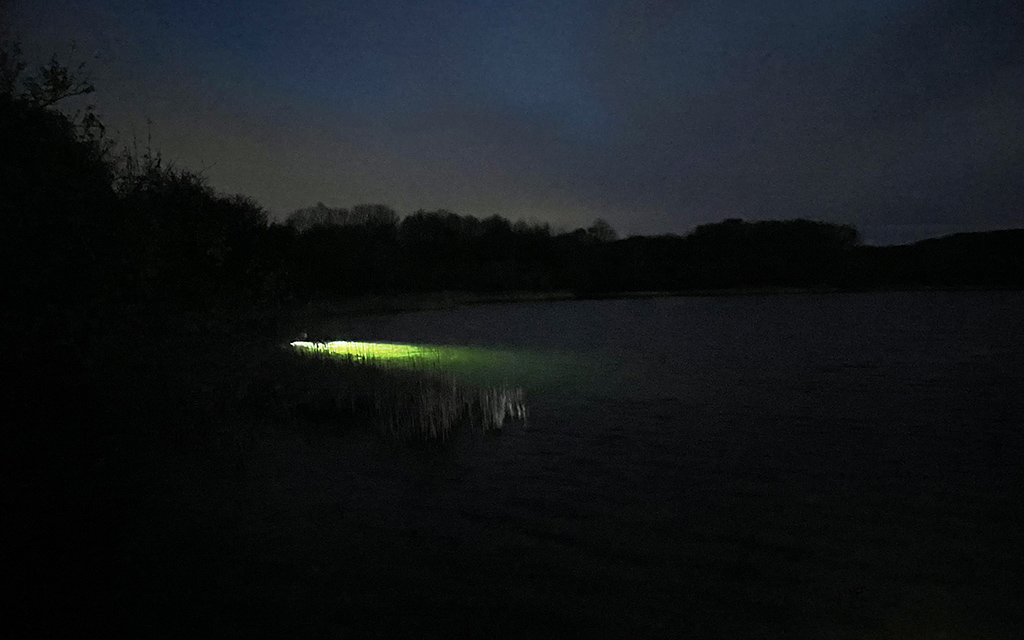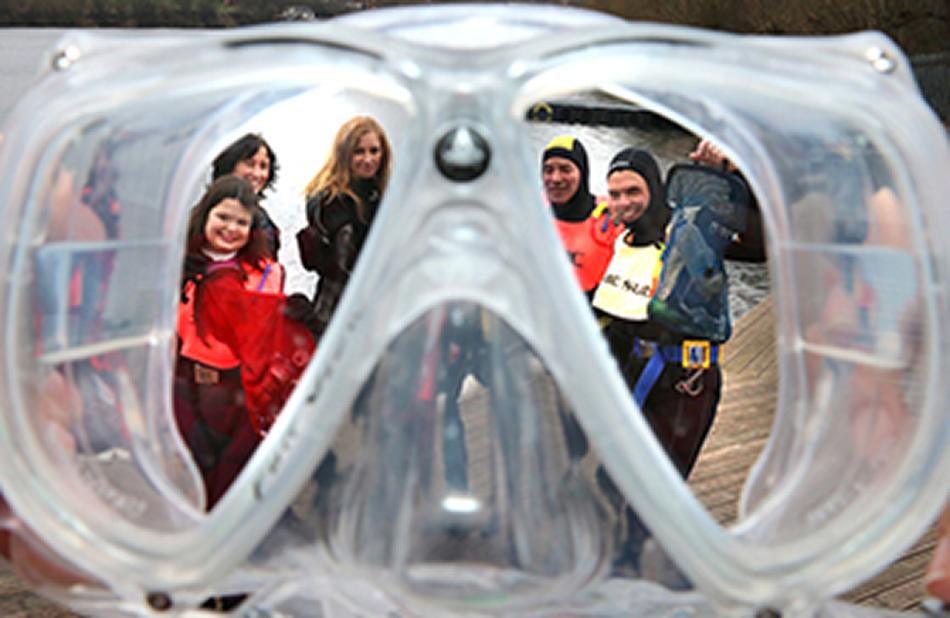
Night snorkelling, anyone? It’s easier abroad than at home in the UK, but Andy Torbet has a few tips for how to make it safe for all.
As Bonfire Night approaches and the nights draw in, the opportunity to spend long days in and under the water is increasingly restricted. But, to introduce an alternative perspective – the nights are getting longer. And that means more opportunity to make use of any spare time we can create either at the end of a day’s snorkelling, after weekday-work or even, for those truly motivated, a pre-sunrise snorkel without the need to rise from slumber quite so early. But what does night snorkelling entail and is it worth it?
You’ll need some extra considerations and kit when heading out after sunset. It is, as you may already suspect, dark. So, some kind of light might be in order. A torch, and ideally a spare, suitably waterproofed, will assist you in seeing what’s down there. It’ll also help you navigate safely to, from and along the shore.
If your site doesn’t come with handy on-shore lights at your planned egress point (such as lights on the street, an illuminated pier or any nearby buildings) it’s worth placing something there yourself. This helps you to know where you are in relation to the land so, in your excitement, you don’t stray too far away from home.
If you’ve ever been night diving you’ll know why after-dark snorkelling is attractive. If wildlife is your main draw, you’ll find the reef critters exchange shifts after dusk
Chances are your intending snorkelling arena will require a Surface Marker Buoy. This will allow your shore cover to maintain a watch, and it’s equally important to put a light on the SMB, to stay visible in the darkness. Aside from that, I’ve found headtorches are extremely useful for getting kitted-up and undressed. You can even buy head diving headtorches now that could prove ideal for snorkelling. I use them cave diving all the time to provide vision in the darkness without encumbering my hands.
If you’ve ever been night diving you’ll know why after-dark snorkelling is attractive. If wildlife is your main draw, you’ll find the reef critters exchange shifts after dusk. Many of the daytime dwellers hide away and the nocturnal species come out to feed, mate and move. I’ve seen many more octopus on night snorkels and dives around the UK than I have during the day.
Lobsters, another of our larger British reef species, are often found wandering around the seabed at night. The landscape itself presents a different perspective under torchlight. The shadows and light seem to make it even more of an adventure; so shipwrecks and other man-made structures often seem more haunted after dark has descended.
I often find my own attention to be heightened on night snorkels. The sun lights up vast areas of the underwater world and allows us to appreciate the whole. But under the narrow beam of a torch, we are forced to observe things in more detail and often see the smaller things we may have missed during the day. A snorkel site can become a completely different experience when repeated just a few hours later.
One thing to be aware of with night snorkelling, or indeed any night dives, is tiredness. It seems obvious, but humans are adapted to be predominantly daylight creatures. Tiredness can affect our capacity for physical effort, how cold the water feels and our decision-making faculties. So, bear these factors in mind when you’re selecting your site, equipment and creating your dive plan.
Article 'A journey through the night' by Andy Torbet first published in SCUBA magazine, Issue 150 November 2024. Images have been substituted due to licensing rights.
Go snorkelling!
Learn more on snorkelling with BSAC. Looking to introduce snorkelling into your club? Find out more at bsac.com/snorkellinginstructor

 Author: Andy Torbet | Posted 29 Nov 2024
Author: Andy Torbet | Posted 29 Nov 2024



